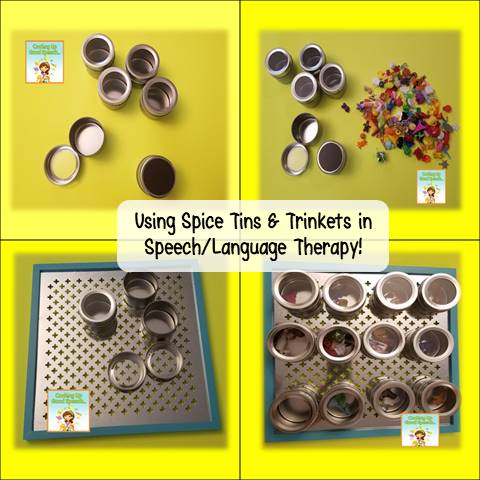
My summer is not quite over, however, I’m already thinking ahead and planning out some new ways to keep my students engaged and motivated when the new school year begins. Have you jumped on the “trinket” bandwagon??? I know lots of SLPs who love using these cool, little objects in their therapy sessions while targeting tons and tons of speech and language goals. I’ve seen them used in I SPY sensory bins, for sorting, categorizing, telling stories…the possibilities are endless. As an SLP who gets a lot of inspiration from food/cooking ideas, (I guess my blog title and TpT store name kind of give it away!) I discovered a way to organize my trinkets using something you might find in your kitchens—herb tins! Not only are they a fantastic way to organize your seasonings and spices, but they are also a functional, effective way to organize and utilize all those little objects we use for speech and language! Not only do they provide great storage space, but I can also use them to target so many goals! (I bought my tins on Amazon and provided the link below.)
The tins are 2 inches high and can hold lots of tiny objects. Plus, they have a clear window to see the objects through and a large circular magnet on the back of each one. You can display your tins on a magnetized whiteboard, metal file cabinet or any metal surface! I found a metal organizer in the Dollar Spot at Target. It has picture hooks on the back so I will be mounting the organizer to a wall in my therapy space for easy access.

My FAVORITE place to buy the trinkets is on Etsy from a seller named DinkyDoodads, however I know you can purchase small trinket sets from other places, including Amazon and craft stores.
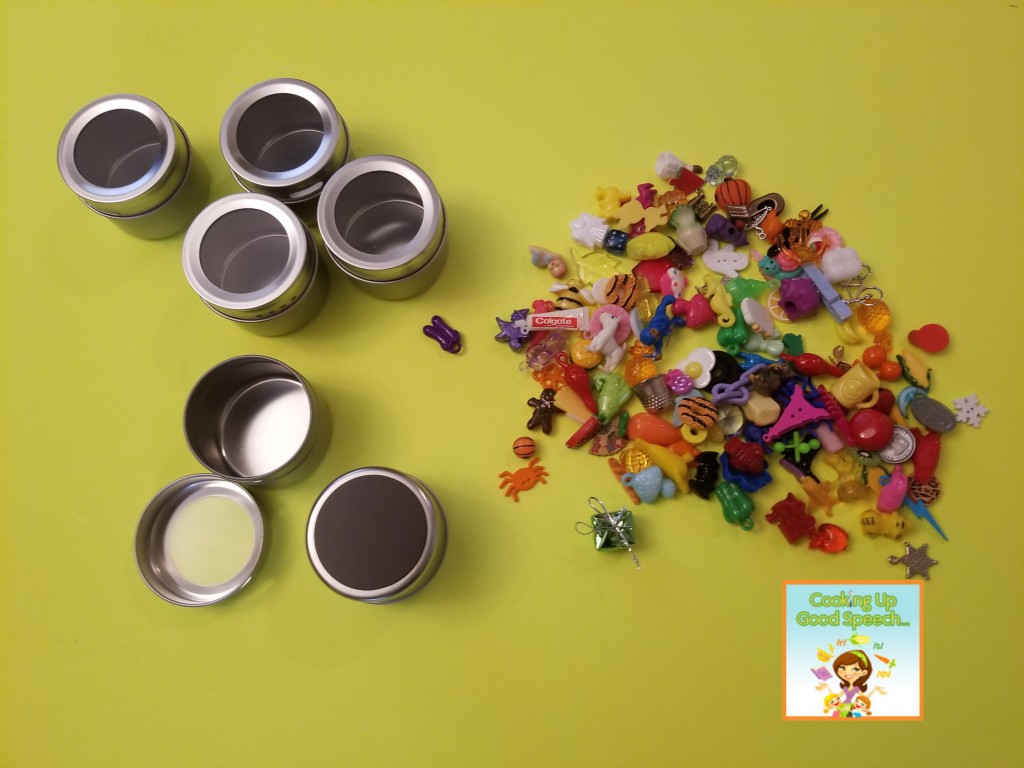
So how can you use the spice tins with your trinkets to effectively address speech and language goals???
Here are just a few ideas: (ALL of these ideas can be used across a wide variety of ages/ability levels. The therapist can tailor the level of difficulty accordingly. Remember, even the big kids still love fun and interactive game-like activities!)
1. Sentence formulation: Give each student a tin filled with multiple trinkets. Ask them to say or write a sentence for each object. Have them first brainstorm a list of adjectives to describe the object and then use those adjectives when forming their sentences. Increase the difficulty level for the older students by asking them to use multiple (2-3 objects within the same sentence.) The challenge here is to find a way to make an association/connection between the items and tie them together to create a sentence that makes sense!
2. Tell a Story. Take one of the tins filled with random objects and hand it to the first student in the group. Ask them to take one object out or the tin and use it in a sentence to start the story. The student then passes the tin to the next student who needs to pick an object and add to the story. Help students scaffold and sequence their ideas using FIRST, NEXT, THEN, LAST. This is also a great way to work with your larger mixed groups to address both speech and language goals at the same time. It also helps our students work to become more flexible thinkers and think outside the box! This is an effective way to use your trinkets with your older students. See how long the students can keep the connections going to form a story with a beginning, coherent middle and finally a conclusion that brings it all together. Write their story as they tell it and then repeat it back to get feedback about the content.
3. Working on describing skills? Grab your EET visuals and use the objects to work on providing good descriptions. Take turns having students describe while the rest of the group works to guess the correct object. Give each student an empty tin to collect their objects as they provide correct responses. They will love watching their tin fill up with objects that they have earned!
4. Label tins with “WH” question words–WHO-WHAT-WHEN-WHERE-WHY-HOW (use post-it notes or stickers). Add several trinkets randomly into each tin. Students can pick a “WH” tin and provide questions about those objects.
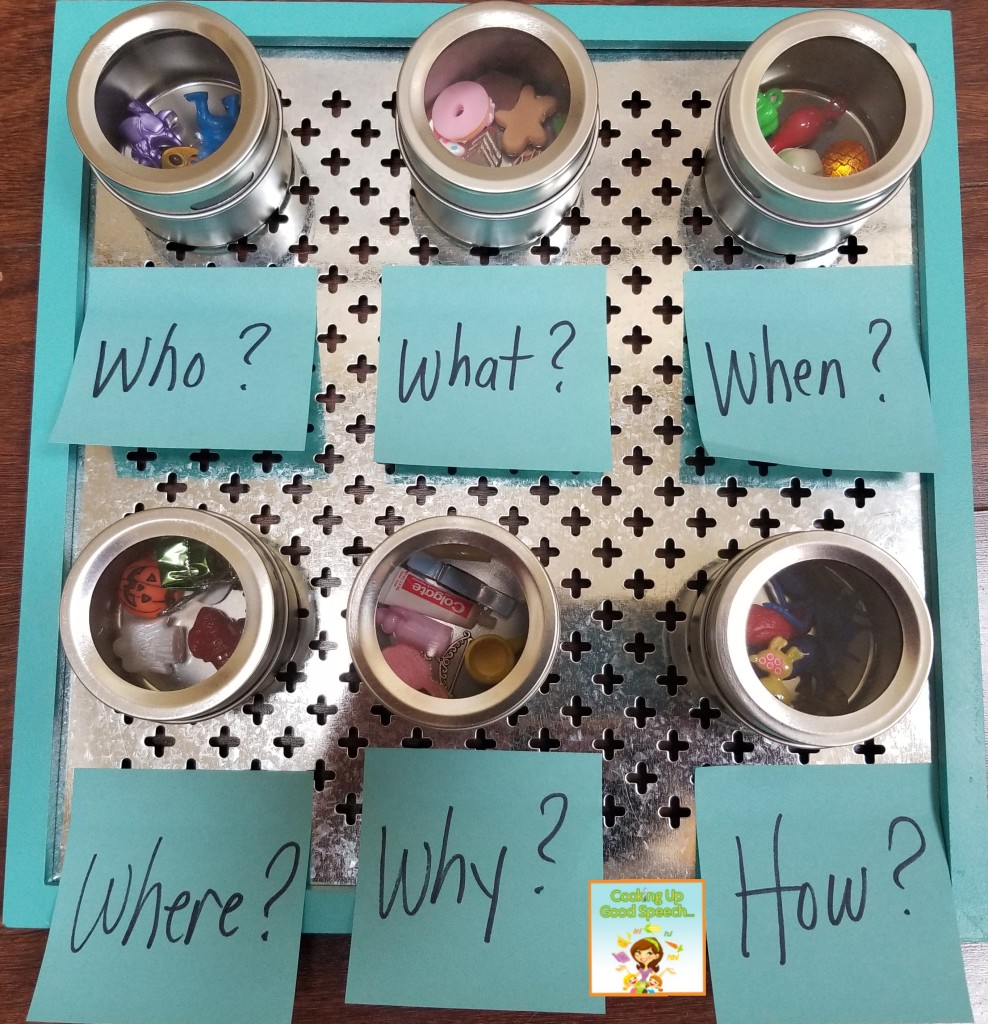
5. Make Associations/Critical Thinking. Take one tin filled with trinkets. Take out the first object and place it on the table. Pass the tin to the first student and have him/her take one object out and find a connection/association to the first object on the table. Pass the tin to the next student and ask them to do the same. This would be especially appropriate for your older students in forming connections and addressing critical thinking skills!
6. Students can organize the objects into categories and then place them into the tins. Have students take turns being the “sorter” and “guesser” to see if they can both categorize and identify the category. You can also have the entire group work together to sort them into tins. This is great for addressing conversation skills/ turn-taking, social skills and working as a team toward a common goal.
7. The therapist can sort the objects into categories. Adjust the category type/level of difficulty according to the ability of your students. For example, “things you eat” might be appropriate for some students, however for your older students—YES, you can do this with middle schoolers and they will LOVE it–make the category more difficult (“useful household objects,” “foods that are made with sugar,” “things that have a handle.” Get creative and your big kids will gain much use from this too!
8. Place trinkets in tins according to speech sound and position (initial/medial/final) . i.e.: Your articulation students can grab the /s/ tins and practice naming the objects, using them in phrases, sentences, etc….
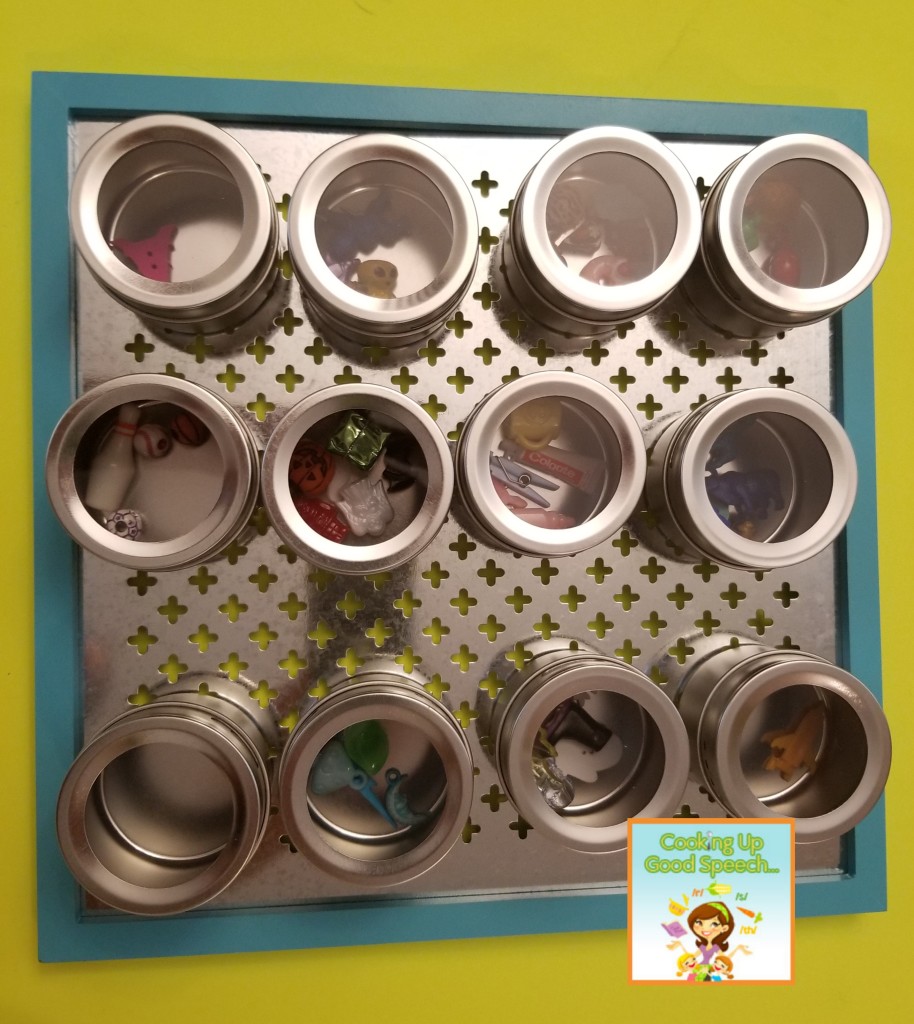
I hope these ideas provide a little inspiration for the start of your school year, especially with your older students who can be tricky to motivate! Do you have any other ideas for incorporating spice tins in your therapy? I’d love to hear how you would use them!
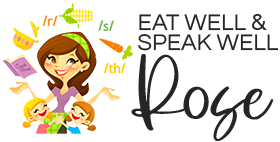










Leave a Reply